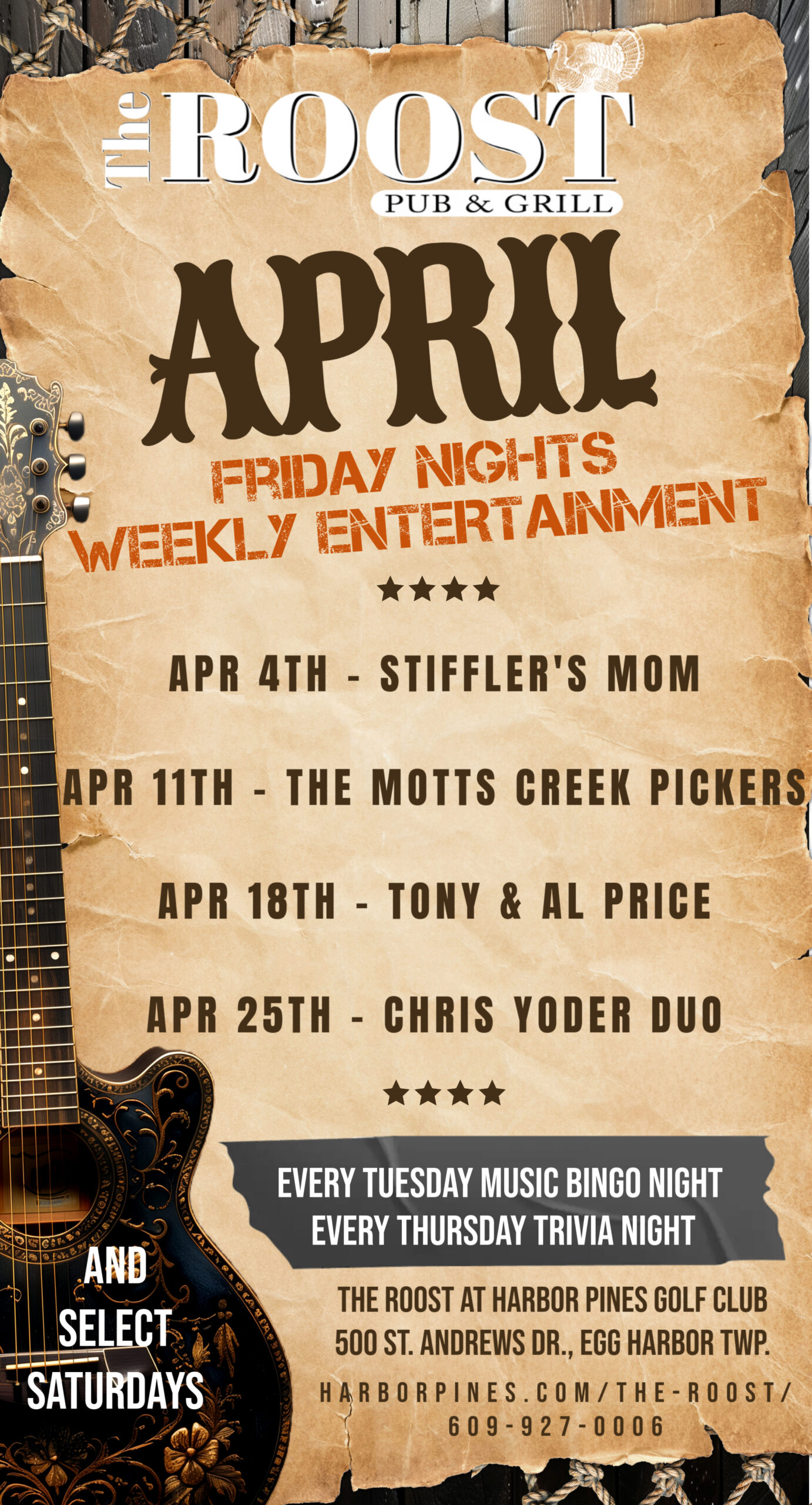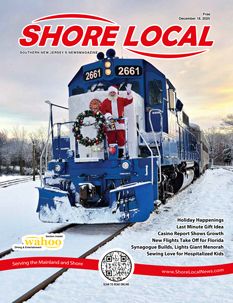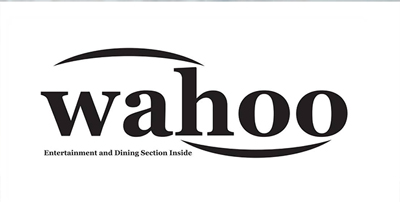By Douglas Keefe
Treasure hunting is usually associated with people with metal detectors scouring the beaches and ghost towns looking for lost or buried coins. In many cases, these hunts are fruitful and unearth coins from centuries ago. Case in point: I know of several instances where Spanish coins from the 1700s have been found on beaches in Southern New Jersey. I know because I have bought some of them and no, I was not one of the lucky finders.
While there is much to be said about the benefits of hunting for treasure outdoors in the fresh air, another form of treasure hunting can be done in the comfort of your living room or office. This form of treasure hunting is done by searching through coins to find errors or mistakes the mint has made. I have written about many opportunities that exist for a rare coin to be found by someone with the knowledge and patience to search.
There was a recent story in a coin magazine about a lucky collector who knew what to look for, and found a United States proof set with a missing mintmark. Now here’s a brief history and description about proof sets. First, a proof set is comprised of coins that are specially made by highly polishing the blank that is to become the coin, and then striking the blank with the die for the coin twice to give the resulting coin a brighter finish and a sharper detail than a regular coin. This is the process used to make a proof coin. The United States has been making individual proof coins for collectors since the 1800s, but in 1936 started issuing them in sets of five coins, cents through half-dollars. This continued until 1942 when, because of the war, the production of proof sets stopped. In 1950, because of interest from collectors, the mint resumed production of proof sets, which continued until 1964. Through 1964 all proof sets were struck at the Philadelphia mint and hence had no mintmark on the coins.
Production of proof sets resumed in 1968, but the responsibility of minting proof coins was transferred to the San Francisco mint, meaning all proof coins in these sets would have the “S” mintmark. Proof sets have been minted continually since 1968 at the San Francisco mint.
Well, I’m sure everyone is aware of Murphy’s Law: what can go wrong will go wrong. In this case, a working die for the one-cent coins that were to be inserted in the 1990 proof set did not have the “S” mintmark. Probably only around one hundred of these sets with the missing mintmark were released before the error was corrected. And the previously mentioned collector (treasure hunter) was lucky enough to recently find one. This error was not unknown; examples were found right after the sets were released in 1991. And the error occurred in both the regular proof set and the Prestige proof set of the year.
1991 was not the first time a proof coin from the San Francisco mint was struck without a mintmark. Actually, it’s the last year that occurred. Evidently, quality control has improved.
Other years proof sets were released with missing mintmarks on the coins are: 1968, no “S” dime; 1970, no “S” dime; 1971, no “S” five cent coin; 1975, no “S” dime (this is the rarest of all with an estimated price of $200,000); and 1983, no “S” dime.
So, armed with this information you too can go treasure hunting. If you have some proof sets laying around, check for the missing mintmark. And if you go to coin shops or shows, check their inventory because sometimes dealers forget to check for these rarities. To my embarrassment, Beachcomber actually sold a 1971 proof set without the “S” five-cent coin. Someone priced it without opening the package to check the coins inside. Oops!
Douglas Keefe and his wife Linda are owners of Beachcomber Coins and Collectibles in Egg Harbor Township.















